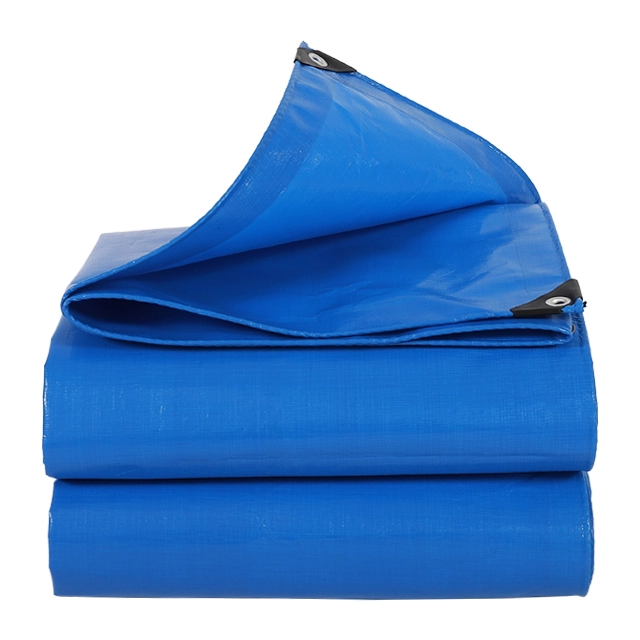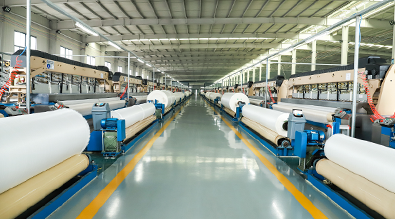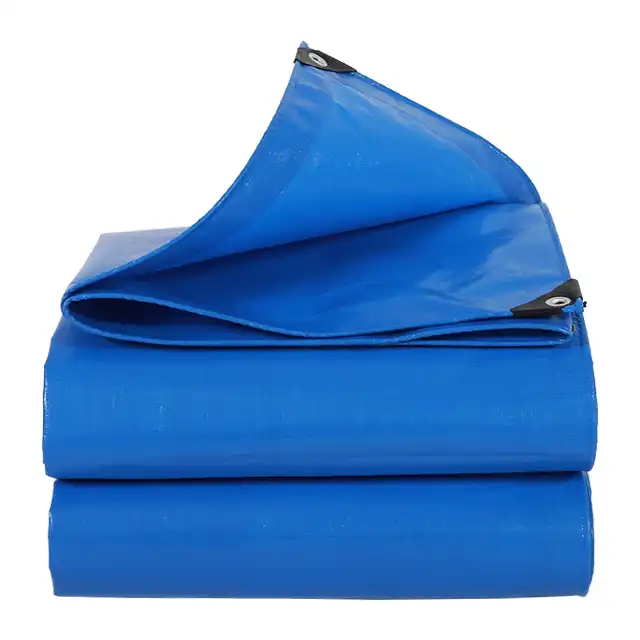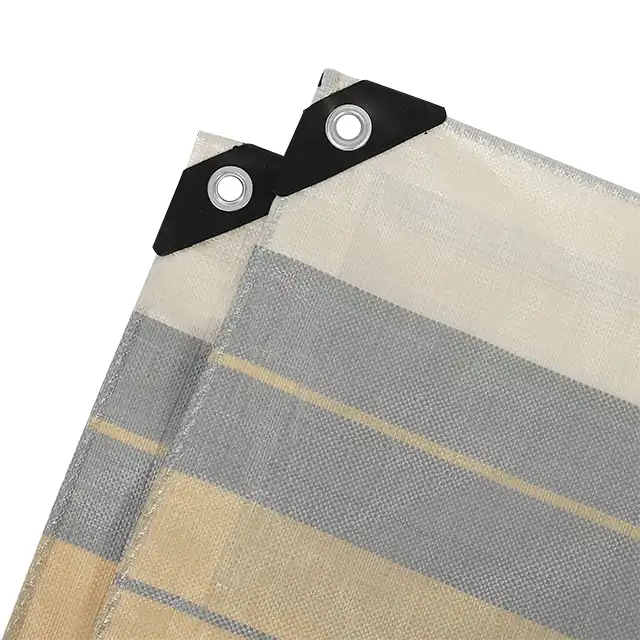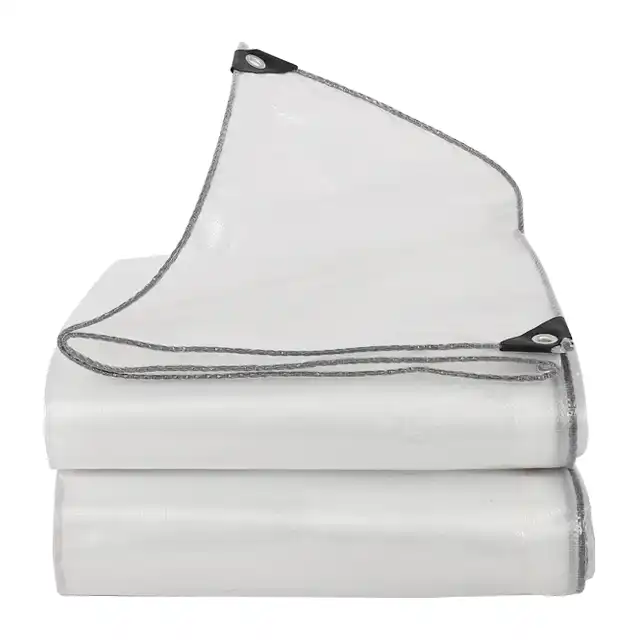Tarp Repair and Maintenance: Top Tips for Longevity
When it comes to protecting valuable cargo, equipment, and materials from harsh weather conditions, truck tarpaulins serve as the first line of defense. However, like any protective covering, these essential tools require proper care and maintenance to ensure they deliver optimal performance throughout their service life. Understanding the fundamentals of tarp repair and maintenance is crucial for maximizing your investment and avoiding costly replacements. Whether you're managing a fleet of commercial vehicles or simply need reliable coverage for personal use, implementing a comprehensive maintenance strategy will significantly extend the longevity of your truck tarpaulin while maintaining its waterproof integrity and structural strength.
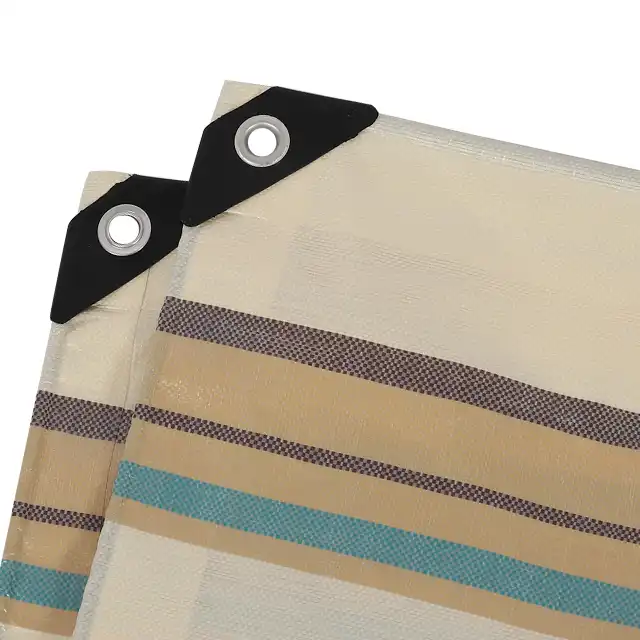
Essential Maintenance Practices for Maximum Durability
Regular Cleaning and Inspection Protocols
Maintaining your Tarp Repair begins with establishing a consistent cleaning and inspection routine that addresses both visible and hidden forms of wear. Professional-grade PE tarpaulins, such as those manufactured with HDPE woven fabric and LDPE coating, require specific cleaning methods to preserve their waterproof properties and UV treatment effectiveness. Begin by removing all debris, dirt, and organic matter from the surface using a soft-bristled brush and mild detergent solution. Pay particular attention to areas where the truck tarpaulin folds or creases, as these zones are prone to accumulating moisture and developing mold or mildew. During cleaning, inspect the entire surface for signs of punctures, tears, or areas where the coating may be wearing thin. The mesh count specifications of 10x10 to 14x14 in quality tarpaulins provide excellent tear resistance, but regular inspection helps identify potential problems before they become major issues requiring extensive repairs.
Proper Storage Techniques and Environmental Considerations
The longevity of your truck tarpaulin significantly depends on how it's stored when not in use, particularly considering the various environmental factors that can accelerate material degradation. High-quality PE tarpaulins with weights ranging from 65gsm to 280gsm are designed to withstand diverse weather conditions, but proper storage practices can extend their service life considerably. Always ensure your tarpaulin is completely dry before folding and storing, as trapped moisture can lead to mold growth and fabric deterioration. Store the tarpaulin in a cool, dry location away from direct sunlight, sharp objects, and chemicals that could compromise the LDPE coating. When folding, avoid creating permanent creases by varying the fold lines periodically, and consider rolling larger truck tarpaulins instead of folding them. The UV treatment incorporated into quality tarpaulins provides protection levels from 1% to 7%, but minimizing unnecessary sun exposure during storage helps preserve this protective feature for when it's needed most during actual usage.
Preventive Measures Against Common Damage Causes
Understanding and preventing the most common causes of truck tarpaulin damage is essential for maintaining optimal performance and avoiding premature replacement costs. Sharp edges, abrasive surfaces, and improper securing methods are primary culprits that can compromise even the most durable tarpaulins. Install protective padding or edge guards where the tarpaulin comes into contact with vehicle edges, load corners, or tie-down points. The anti-corrosion and shrink-proof features of quality truck tarpaulins help resist chemical damage and dimensional changes, but avoiding exposure to harsh chemicals, petroleum products, and extreme temperatures further enhances durability. Implement proper tensioning techniques when securing the tarpaulin, ensuring it's taut enough to prevent wind damage but not so tight that it creates stress points that could lead to tearing. Regular rotation of tarpaulins in your fleet helps distribute wear evenly, particularly important for applications involving frequent loading and unloading cycles where specific areas may experience more stress than others.
Advanced Repair Techniques and Solutions
Identifying and Addressing Minor Damage Early
Early detection and prompt repair of minor damage can prevent small issues from becoming major problems that compromise the entire truck tarpaulin's integrity. The 100% waterproof feature of quality tarpaulins depends on maintaining the continuity of the LDPE coating, making it crucial to address even small punctures or abrasions immediately. Use a systematic approach to damage assessment, categorizing issues by size, location, and severity to determine the appropriate repair method. For minor punctures smaller than a quarter-inch, specialized Tarp Repair tape designed for PE materials can provide an effective temporary or permanent solution. The tape should be applied to both sides of the damage when possible, ensuring proper adhesion to the HDPE woven fabric base. For slightly larger holes or tears, consider using patch kits specifically designed for truck tarpaulins, which typically include patches made from compatible materials and appropriate adhesives that won't compromise the tarpaulin's flexibility or waterproof properties.
Professional Repair Methods for Structural Damage
When truck tarpaulin damage extends beyond minor punctures or surface abrasions, professional repair techniques become necessary to restore structural integrity and maintain performance standards. Tears longer than two inches or damage that affects the tarpaulin's load-bearing capacity require careful assessment and skilled repair work. Heat welding represents one of the most effective methods for repairing PE tarpaulins, as it creates a molecular bond between the repair material and the original fabric that closely matches the strength of the undamaged tarpaulin. This technique is particularly suitable for tarpaulins with thickness ranging from 7 to 12 mil, as the controlled heat application can penetrate the LDPE coating without damaging the underlying HDPE woven structure. Professional repair services can also reinforce high-stress areas with additional material, essentially creating a stronger section that can better withstand future loads and environmental stresses. When considering professional repairs, factor in the tarpaulin's age, overall condition, and remaining service life to determine whether repair costs justify the investment compared to replacement.
Emergency Field Repair Strategies
In commercial trucking operations, tarpaulin damage often occurs in locations where professional repair services aren't immediately available, making emergency field repair capabilities essential for maintaining cargo protection and operational continuity. Develop a comprehensive emergency repair kit containing materials specifically chosen for compatibility with your truck tarpaulin's construction and specifications. High-quality repair tape, designed for PE materials and capable of adhering to both the HDPE woven fabric and LDPE coating, forms the foundation of any emergency repair strategy. The tape should maintain its adhesive properties across the temperature range your tarpaulin will encounter, from arctic flexibility requirements to high-temperature summer conditions. For larger damage, carry pre-cut patches in various sizes, along with appropriate adhesives that can bond effectively even in challenging weather conditions. Practice emergency repair techniques in controlled conditions so operators can perform effective repairs quickly when faced with actual damage scenarios. Remember that emergency repairs are typically temporary solutions designed to protect cargo until professional repairs can be completed, but proper technique can make these temporary fixes surprisingly durable.
Long-term Care and Replacement Planning
Lifecycle Management and Performance Monitoring
Effective Tarp Repair management requires a comprehensive understanding of the product lifecycle and systematic monitoring of performance indicators that signal when maintenance or replacement becomes necessary. Quality PE tarpaulins with proper UV treatment and anti-freezing properties can provide years of reliable service, but their performance gradually degrades over time due to cumulative exposure to environmental stresses. Establish performance benchmarks for your tarpaulins, including waterproof integrity, tear resistance, and overall structural condition. Regular performance assessments should evaluate not just visible damage but also less obvious indicators such as increased stiffness, color fading that may indicate UV treatment degradation, or changes in the tarpaulin's ability to maintain proper tension. The highly durable nature of quality truck tarpaulins means that gradual performance decline may not be immediately obvious, making systematic monitoring essential for optimizing replacement timing and avoiding unexpected failures that could compromise cargo protection.
Cost-Benefit Analysis of Repair Versus Replacement
Making informed decisions about whether to repair or replace truck tarpaulins requires careful analysis of multiple factors beyond simple repair costs. Consider the tarpaulin's age, cumulative damage history, and expected remaining service life when evaluating repair options. A newer tarpaulin with minor damage may justify significant repair investment, while an older tarpaulin with multiple previous repairs might be more cost-effectively replaced. Factor in the tarpaulin's role in your operation – critical applications that require maximum reliability may warrant earlier replacement, while less critical uses might justify continued repairs. The shrink-proof and anti-corrosion features of quality tarpaulins help maintain dimensional stability and chemical resistance over time, but even these properties have limits. Calculate the total cost of ownership, including repair costs, downtime, and potential cargo damage risks, to make economically sound decisions. Quality manufacturers often provide guidance on expected service life under various conditions, helping inform replacement planning decisions.
Selecting Replacement Tarpaulins for Optimal Performance
When replacement becomes necessary, selecting the appropriate truck tarpaulin specifications ensures optimal performance and cost-effectiveness for your specific applications. Consider the various applications your tarpaulin will encounter, from general cover and goods protection to specialized uses like car canopy or sun shade cover applications. The available weight range from 100gsm to 180gsm for middle-duty PE tarpaulins provides options for different load requirements and durability needs. Evaluate the maximum roll width capabilities, with options up to 5.1 meters allowing for seamless coverage of larger loads without joints that could compromise waterproof integrity. Color selection may seem cosmetic, but it can affect UV absorption and heat buildup under the tarpaulin. The availability of custom colors and logo printing options allows for fleet standardization and brand visibility. Consider the monthly capacity requirements of your supplier – 4000MT capacity indicates substantial manufacturing capability for large orders or quick replacement needs. OEM/ODM availability provides opportunities for customization that can optimize tarpaulin performance for specific applications or operational requirements.
Conclusion
Proper maintenance and Tarp Repair represents a critical investment in operational efficiency and cargo protection. By implementing systematic cleaning protocols, preventive measures, and timely repairs, operators can significantly extend tarpaulin service life while maintaining optimal performance. The combination of quality materials, professional repair techniques, and strategic replacement planning creates a comprehensive approach to tarpaulin management that maximizes return on investment while ensuring reliable cargo protection.
For over two decades, Linyi Shengde Plastic Co., Ltd. has established itself as a leading manufacturer in the PE tarpaulin industry, earning recognition through unwavering commitment to quality and innovation. Our ISO 9001:2015 certification reflects our dedication to maintaining the highest production standards, while our advanced research and development capabilities enable us to meet evolving customer needs. With cutting-edge manufacturing equipment including ultra-wide width braiding machines and comprehensive quality monitoring systems, we deliver tarpaulins that exceed industry standards. Our experienced team provides customized solutions tailored to your specific requirements, backed by years of expertise in serving diverse applications from truck covers to aquaculture protection. Trust Shengde for reliable, high-performance tarpaulins that protect your valuable assets while delivering exceptional value. Contact us today at info@shengdetarp.com to discuss how our innovative tarpaulin solutions can meet your specific needs and operational requirements.
References
1. Anderson, M.J. & Thompson, R.K. (2019). "Polymer Degradation in Outdoor Applications: UV Stabilization and Maintenance Strategies." Journal of Applied Polymer Science, 136(8), 47-58.
2. Chen, L.W., Park, S.H., & Williams, D.A. (2020). "Preventive Maintenance Protocols for Industrial Textile Applications." International Journal of Industrial Textiles, 28(3), 112-125.
3. Rodriguez, C.M. & Kumar, A. (2021). "Field Repair Techniques for Polyethylene-Based Protective Coverings." Materials Engineering Quarterly, 45(2), 89-97.
4. Smith, P.J., Davis, K.L., & Martinez, E.F. (2018). "Lifecycle Cost Analysis of Commercial Tarpaulin Systems." Transportation Research Part E: Logistics and Transportation Review, 114, 203-218.
